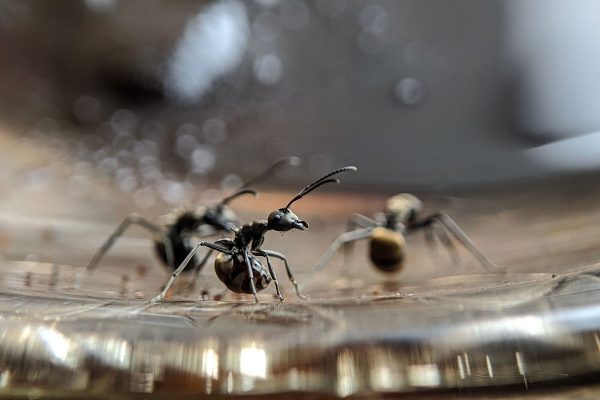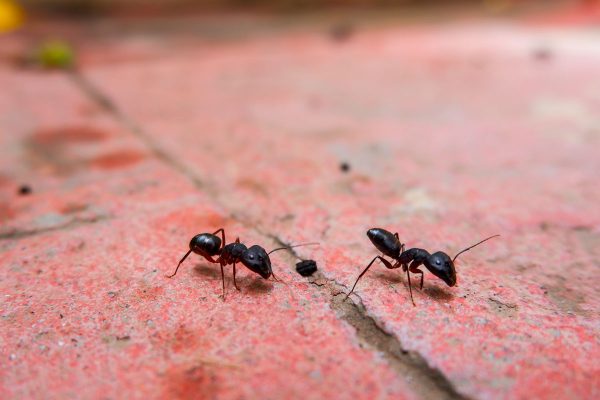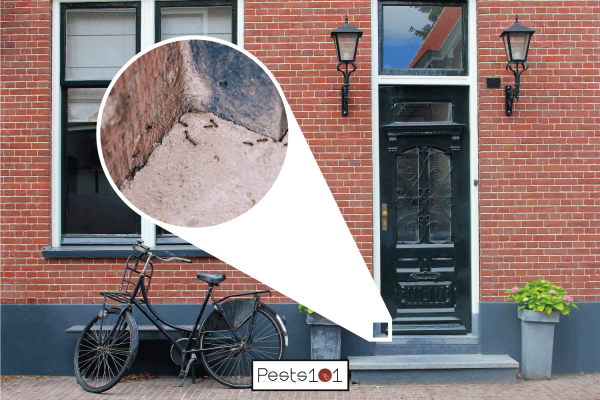Have you ever walked into your house and been attacked by a swarm of tiny black ants? Chances are, they're odorous house ants. These little critters can be a real nuisance, but where do they live? Luckily, we've done a little research about odorous house ants and where are usually located.
Odorous house ants are very common in the United States, and also can reach Canada to Mexico. Most specifically, you can find odorous house ants in particular areas of your home, including the:
- Kitchen
- Near Leaks
- Near Cracks
- Damp Crawl Spaces
- Potted Plants
- Behind Baseboards
- Within Wall Voids
- Hollow Trees
- Under Rocks
- Cabinets or Drawers
To get more ideas about odorous house ants, follow along with this post. Other than that, see the different situations in how odorous house ants survive in various areas.
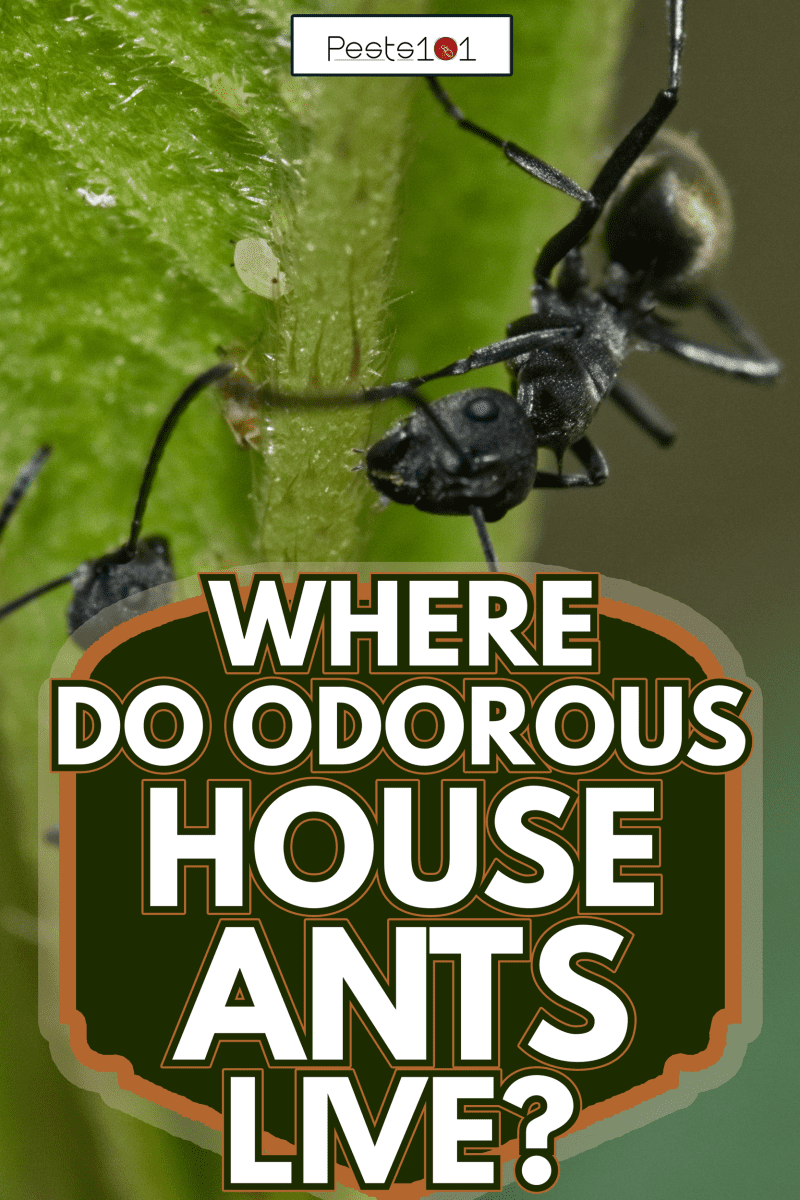
What Kind Of Environments Do Odorous House Ants Like To Live In?
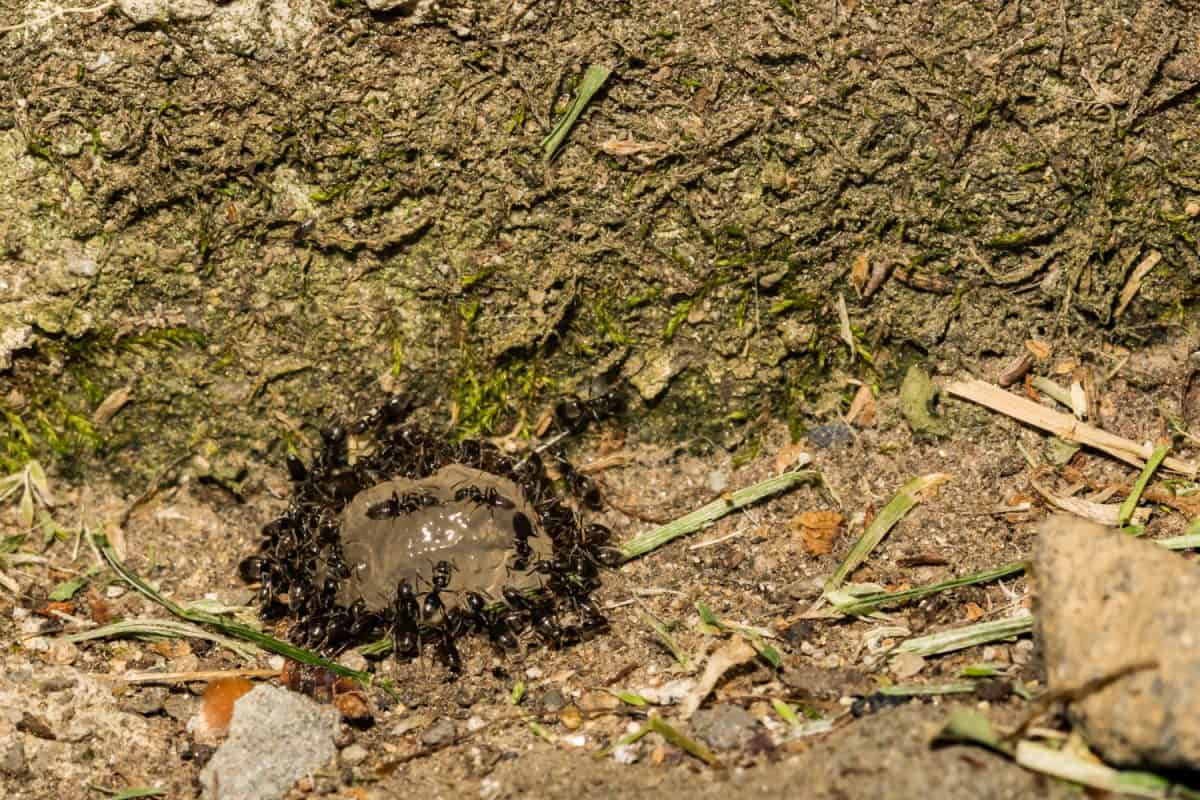
Odorous house ants are one of the most common types of ants found in homes. Despite their name, these ants are actually not very smelly.
But where do these ants live? Unfortunately, they often take up residence behind baseboards, in walls, or in other dark, moist areas. This makes them difficult to reach with traditional pest control methods.
1. Kitchen
Odorous house ants are attracted to kitchens because they're full of food. The sweet smell of fruit, candy, and other sugary snacks is irresistible to these little creatures. They'll also consume just about anything else they can find, including other insects and small vertebrates.
So if you're looking to keep your kitchen ant-free, you'll need to be extra vigilant about food storage and cleanup.
2. Near Leaks
You could also locate a colony of odorous house ants in some leaking areas. They're often found near plumbing fixtures or inside walls where leaks have occurred. Once they've found a source of water, they'll set up their nest and start to reproduce.
If you have an ant problem, it's important to repair any leaks in your home as soon as possible. Otherwise, you'll just be inviting more ants inside.
3. Near Cracks
While odorous house ants typically nest outdoors, they will often move indoors during periods of heavy rain or when temperatures drop. They typically nest in cracks and crevices, which is why they are often found in kitchens and bathrooms.
4. Damp Crawl Spaces
Damp crawl spaces could also be a favorite haunt of odorous house ants. These areas provide the perfect conditions for the ants: they're dark, moist, and usually free from predators.
5. Potted Plants
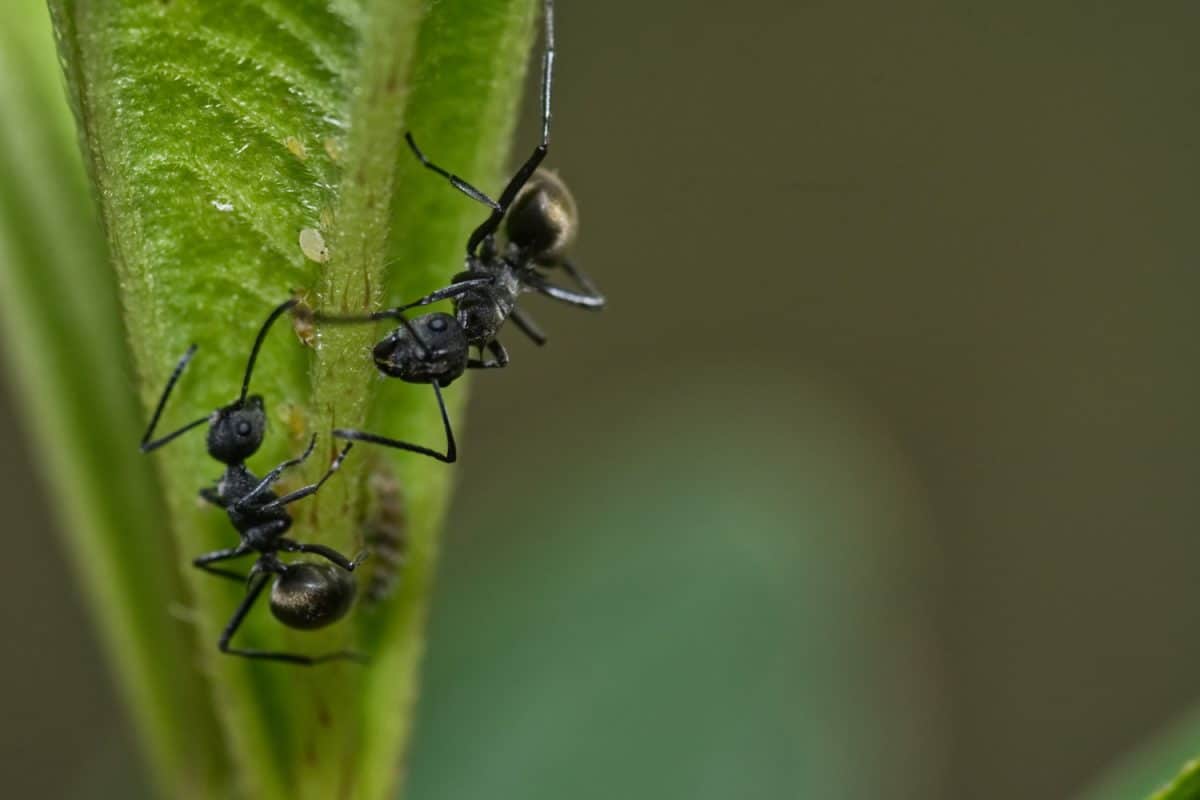
It turns out that odorous house ants are often found near potted plants. This is because potted plants offer a source of food and shelter for ants. The leaves and stems of plants are a source of moisture for ants, and the pots themselves provide a dark and humid environment for them to nest in.
If you have potted plants in your home, be sure to inspect them regularly for signs of ant activity. By taking some simple precautions, you can help prevent these pests from taking up residence in your home.
6. Behind Baseboards
Odorous house ants often take up residence behind baseboards, in walls, or in other dark, moist areas. This makes them difficult to reach with traditional pest control methods.
7. Wall Voids
If you've ever had the misfortune of encountering an ant infestation in your home, you might have noticed small holes in your walls. These are called wall voids, and they provide ants with the perfect place to build their nests.
Wall voids are warm, dark, and out of the way, making them ideal for raising a family. In fact, many species of ants prefer to build their nests in wall voids.
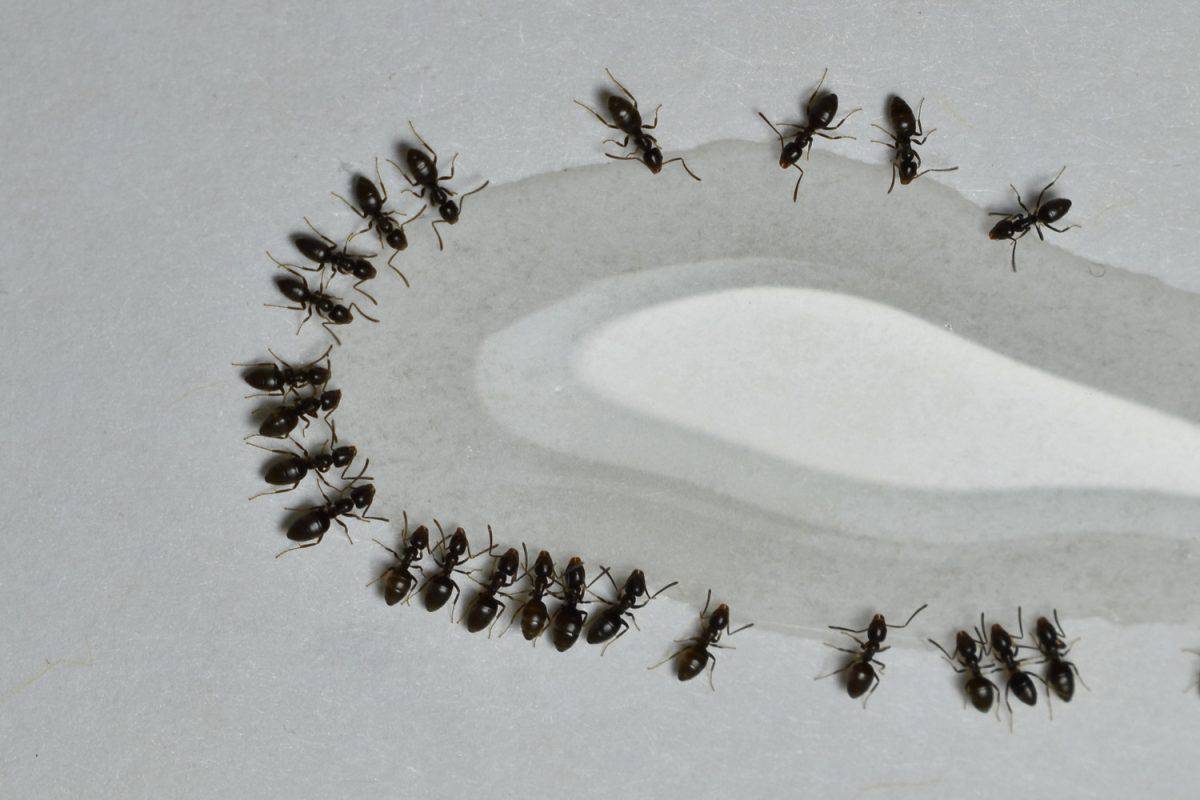
8. Hollow Trees
It turns out that most odorous house ant's nests are located in hollow trees. The ants create their nests by excavating holes in the softwood of the tree. The tree provides shelter and protection from the elements for the ants, and the hollows make it easy for the ants to move about.
9. Under Rocks
These hardy little creatures make their homes in a variety of places, including under rocks and logs. Because they are small and often hidden, it can be difficult to spot an odorous house ant nest.
Also, these ants are not particularly fond of living in open spaces, and they will typically build their nests under rocks or logs.
10. Cabinet or Drawers
It turns out that odorous house ants are most commonly found in cabinets or drawers. This is because these areas provide the darkness and humidity that these ants prefer.
While they are not particularly harmful to humans, odorous house ants can be a nuisance. If you suspect that you have an infestation, it is best to contact a pest control professional for assistance.
What Attracts Odorous House Ants?
While these tiny pests may not pose a threat to your health, they can be quite a nuisance. Odorous house ants are attracted to sweet things like honey, sugar, and fruit juices. It also attracted them to grease and other fatty food items.
In addition, it attracted them to other insects that may be present in your homes, such as aphids and scale insects. Odorous house ants are also attracted to moist areas, allowing them to start nesting indoors.
While they will certainly go after any food source they can find, it particularly attracted odorous house ants to areas that are warm and humid.
So if you're dealing with an infestation, be sure to check for any leaks or damp spots in your home. By taking care of these problem areas, you can help prevent odorous house ants from taking up residence in your home.
Do Odorous House Ants Prefer To Live Indoors Or Outdoors?
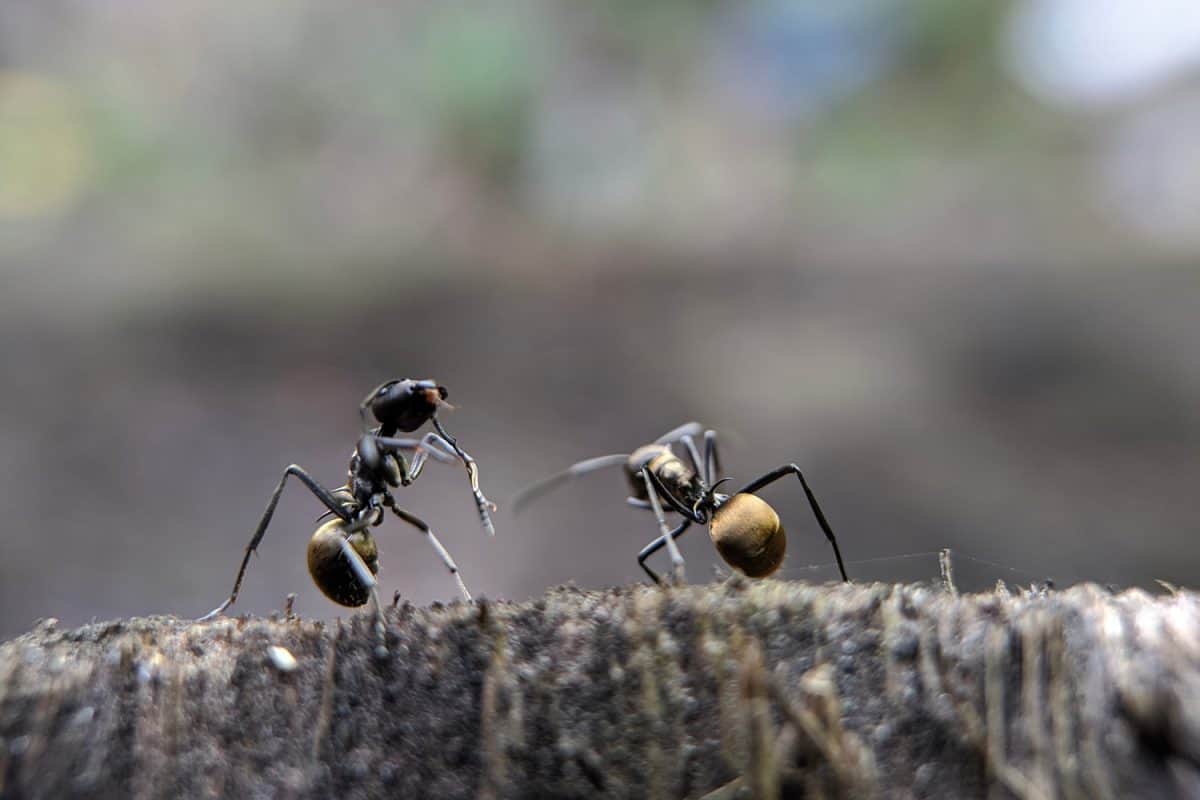
At first glance, it might seem that odorous house ants would prefer to live outdoors since they are often seen foraging for food in gardens and on trees. But then, these ants actually spend most of their time living indoors, where they build their nests.
The reason for this is that odorous house ants are attracted to warmth and moisture, both of which are abundant inside homes. In addition, indoor spaces provide more opportunities for these ants to find food.
While odorous house ants will venture outdoors to find food, they typically return to the safety of their nests when night falls. As a result, it is clear that these ants prefer to live indoors.
What Do Odorous House Ants Smell Like?
Odorous house ants are small, dark-colored ant that is commonly found in homes. These ants get their name from the fact that they emit a foul-smelling odor when crushed. This odor has been described as being like that of rotting coconuts.
While the odor of these ants may be unpleasant, it is not harmful to humans. In fact, some people actually find it to be somewhat sweet-smelling.
The odorous house ant is not considered to be a major pest, but it can be a nuisance if it invades your home in large numbers. If you have these ants in your home, the best way to get rid of them is to contact a professional exterminator.
What Kind Of Food Do Odorous Ants Eat?
If you've ever had the misfortune of dealing with odorous house ants, you know that these pests are not only a nuisance but can also be quite smelly.
Odorous house ants eat dead insects. But, they are most interested to grab sweet food scraps. That's why these sweets are prone to get contaminated with odorous house ants.
Once the odorous house ant touches these food sources with their bodies or feces, it could be dangerous to anyone eating the same food.
Are Odorous House Ants Hard To Get Rid Of?
If you've ever had the misfortune of dealing with odorous house ants, then you know that they can be a real nuisance.
Once inside, they can be difficult to get rid of. Odorous house ants communicate by producing a chemical called an alarm pheromone. This pheromone is released when the ant is threatened or disturbed, and it serves to alert other ants in the area.
As a result, trying to remove odorous house ants without first discovering their nest can be an exercise in futility. If you're dealing with these pesky pests, your best bet is to call in a professional exterminator.
How Long Does It Take To Get Rid Of Odorous House Ants?
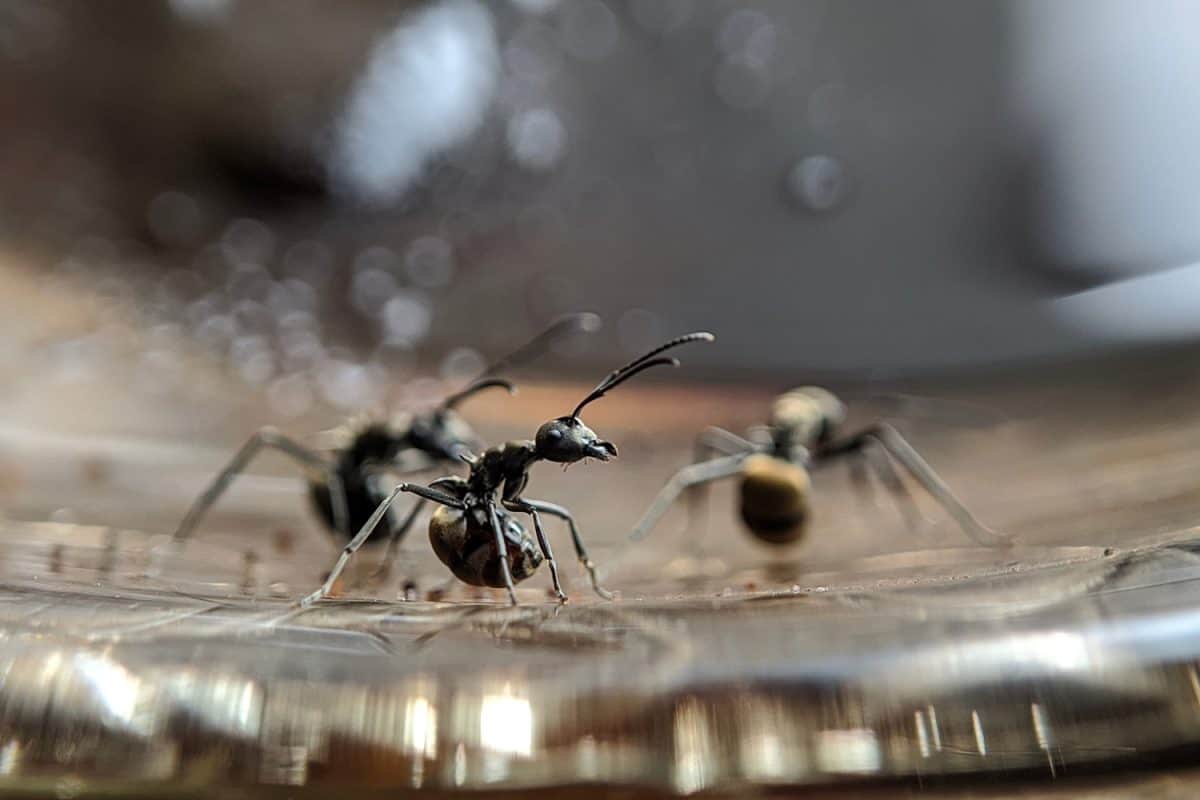
The good news is that odorous house ants are relatively easy to control and eliminate. You can use bait traps or spot treatments with insecticide to kill the ants.
Yet still, it's important to be patient and persistent when treating these pests. It may take several weeks of treatment before the ants are completely gone. But with a little patience, you can get rid of odorous house ants for good.
Final Thoughts
If you're having a problem with ants, it's important to identify the species so that you can treat the problem correctly. Odorous house ants live in warm, moist areas near food sources. If you think you have an infestation of odorous house ants, do your best to solve it right away.
To get more ideas on getting rid of pests and insects at home, read more of our posts below:

